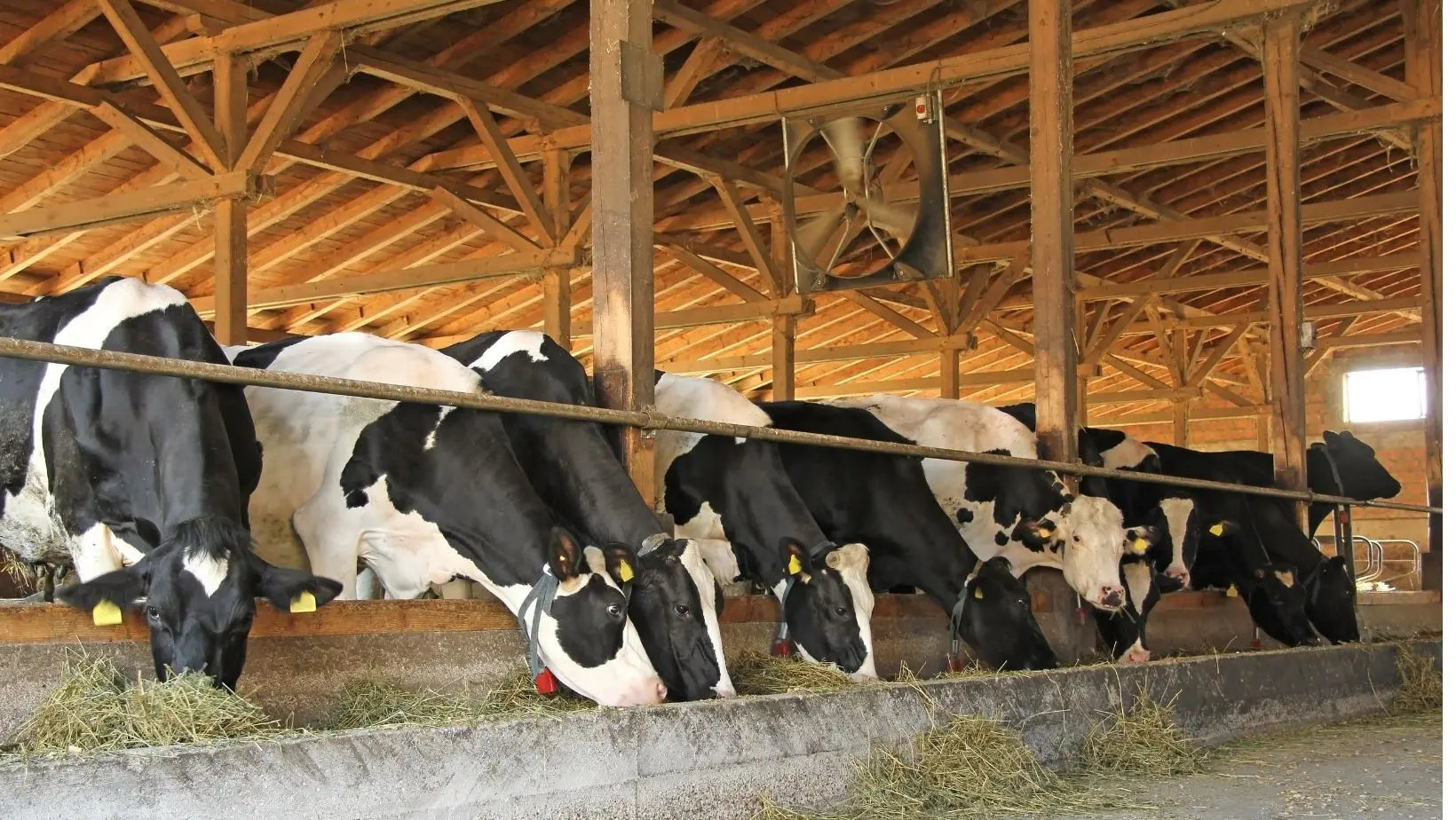- 이 주제는 비어 있습니다.
- 글쓴이글
- 3월 29, 2025 6:15 오전 #612746

In the diverse landscape of livestock farming, production systems exist on a spectrum, ranging from extensive, low-input grazing to highly intensive, confined operations. Nestled between these two lies a crucial category known as semi-intensive livestock production.
Understanding defining and characterizing semi-intensive livestock production is essential for appreciating its unique approach to balancing productivity, resource utilization, and animal welfare.
This system represents a deliberate middle ground, seeking to optimize output while maintaining a connection to natural resources and often incorporating elements of both traditional and modern farming practices. Let’s delve into the key aspects that define this significant production method.
1. Balanced Land Use And Stocking Densities
Semi-intensive systems typically involve a moderate use of land compared to extensive grazing, but significantly more than intensive confinement operations. Stocking densities are higher than in extensive systems, allowing for greater productivity per unit of land.
However, they are lower than in intensive systems, providing animals with more space for movement and natural behaviors. This balance in land use and stocking density is a defining characteristic, influencing both the environmental impact and the well-being of the animals within the system.
2. Integration Of Natural Foraging And Supplementary Feeding
A hallmark of semi-intensive production is the integration of natural foraging with supplementary feeding. Animals are allowed to graze on pasture for a portion of their nutritional needs, taking advantage of available natural resources.
This grazing is then complemented with additional feed, often grains or formulated rations, to ensure optimal growth and production, particularly during periods of low pasture availability or when higher production levels are desired. This combination seeks to leverage the benefits of both natural feeding and controlled nutrition.
3. Moderate Levels Of Input And Technology
Semi-intensive systems generally employ moderate levels of input, including labor, capital, and technology. While they may utilize some modern technologies for feeding, health management, and housing, the level of technological intervention is typically less than that seen in intensive operations.
Labor requirements are often higher than in extensive systems but lower than in intensive systems, reflecting the need for both pasture management and supplementary care. The investment in infrastructure and technology is tailored to enhance productivity without completely removing the animals from a more natural environment.
4. Focus On Balancing Productivity And Animal Welfare
Semi-intensive systems often strive for a balance between achieving reasonable levels of productivity and maintaining a certain standard of animal welfare. While maximizing output might not be the sole objective, as it can be in intensive systems, there is a clear aim to achieve higher production than is typically seen in extensive grazing.
Simultaneously, the provision of access to pasture and more space allows for greater expression of natural behaviors, which is often a key consideration in semi-intensive management. This focus on equilibrium distinguishes it from systems that prioritize one over the other.
5. Adaptability To Diverse Environmental And Economic Conditions
One of the strengths of semi-intensive livestock production is its adaptability to a wide range of environmental and economic conditions. It can be implemented in regions with varying land availability, climate, and access to resources.
The flexibility to adjust the balance between grazing and supplementary feeding allows farmers to tailor the system to their specific circumstances. This adaptability contributes to its prevalence in many parts of the world, offering a viable pathway for livestock production that is both productive and sustainable within local contexts.
In conclusion, defining and characterizing semi-intensive livestock production reveals a nuanced approach to farming that occupies a critical middle ground. By carefully balancing land use, integrating foraging with supplementation, employing moderate levels of input, prioritizing both productivity and animal welfare, and demonstrating adaptability, this system offers a compelling model for sustainable and efficient livestock production in a variety of settings.
Understanding its characteristics is crucial for appreciating its role in feeding the world while considering environmental and ethical factors.
Read Also: Post Harvest Handling of Fish and Marketing
- 글쓴이글
- 답변은 로그인 후 가능합니다.

